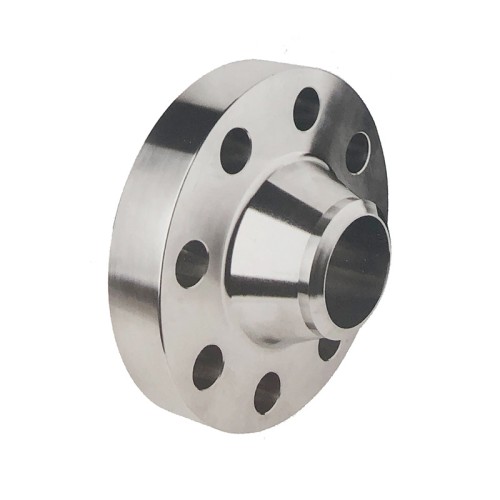globe valve 4
Understanding Globe Valves A Comprehensive Guide
Globe valves are one of the most commonly used types of valves in various piping systems, known for their ability to control the flow of liquids and gases effectively. This article will delve into the intricacies of globe valves, their construction, operation, applications, and advantages, providing a detailed overview of this essential component in fluid regulation.
What is a Globe Valve?
A globe valve is a type of valve that uses a spherical body and a movable disk-type element to regulate flow. Unlike gate valves, which are designed to be fully open or closed, globe valves offer better throttling capability, allowing for precise flow control. The design consists of an inlet and an outlet, connected by a curved passage, which gives the valve its characteristic globe-like shape.
Construction and Parts
The construction of a globe valve includes several key components
1. Body The body of the globe valve can be made from various materials like brass, stainless steel, or iron, depending on the application and required pressure resistance.
2. Bonnet The bonnet provides access to the internal components of the valve, facilitating maintenance and repairs.
3. Disc The disc is the movable part that seals against the seat to stop or regulate flow. It can be a linear motion or a rising type.
4. Seat The seat is the surface against which the disc closes to create a seal. Proper seating is crucial for preventing leaks.
5. Stem The stem connects the disc to the actuator (or handwheel). It allows the user to manipulate the disc's position, thus controlling the flow.
6. Actuator While some globe valves are operated manually via a handwheel, others are fitted with electric or pneumatic actuators for automatic control.
How Globe Valves Work
globe valve 4

The operation of a globe valve is straightforward. When the handwheel is turned or the actuator is activated, the stem moves the disc either closer to the seat (closing the valve) or away from it (opening the valve). As a result, the flow of fluid is regulated. The key characteristic of globe valves is their ability to provide precise flow control, making them ideal for applications where adjustments are necessary.
Applications of Globe Valves
Globe valves are utilized in numerous industries, including
- Water Supply and Wastewater Treatment They are employed to control flows in pipe systems and treatment processes. - Oil and Gas Globe valves are used in refineries and pipelines to manage high-pressure lines. - Power Generation In power plants, globe valves help regulate steam and cooling water flows. - Chemical Processing They are ideal for processes that require careful flow control of chemicals.
Advantages of Globe Valves
The popularity of globe valves can be attributed to several advantages they offer
1. Excellent Flow Control Globe valves allow for precise adjustment of fluid flow, making them suitable for throttling applications.
2. Durability Typically built from robust materials, globe valves can withstand high pressure and temperature conditions.
3. Reliable Sealing The design of globe valves provides a secure seal, minimizing the risk of leaks.
4. Versatility They are available in various sizes, materials, and pressure ratings, making them suitable for a wide range of applications.
5. Maintenance-Friendly The bonnet design allows easy access to internal components for maintenance or repair, enhancing their longevity.
Conclusion
Globe valves play a vital role in the management of fluid flows across many industries. Their distinct construction, functionality, and advantages make them a preferred choice for applications requiring precise flow control. Understanding how globe valves work and where they are ideally applied can help engineers and technicians make informed decisions regarding fluid management systems. Whether in water treatment, chemical processing, or power generation, globe valves are indispensable components that facilitate efficient and reliable operations.
-
The Key to Fluid Control: Exploring the Advantages of Ball Valves in Industrial SystemsNewsJul.09,2025
-
The Versatile World of 1, 2, and 3 Piece Ball ValvesNewsJul.09,2025
-
Stainless Steel Ball Valves: The Ideal Choice for Efficient Flow ControlNewsJul.09,2025
-
Optimizing Fluid Control with Ball Float ValvesNewsJul.09,2025
-
Manual Gate Valves: Essential for Control and EfficiencyNewsJul.09,2025
-
Everything You Need to Know About Butterfly ValvesNewsJul.09,2025
-
The Versatility of Wafer Type Butterfly ValvesNewsJul.08,2025




